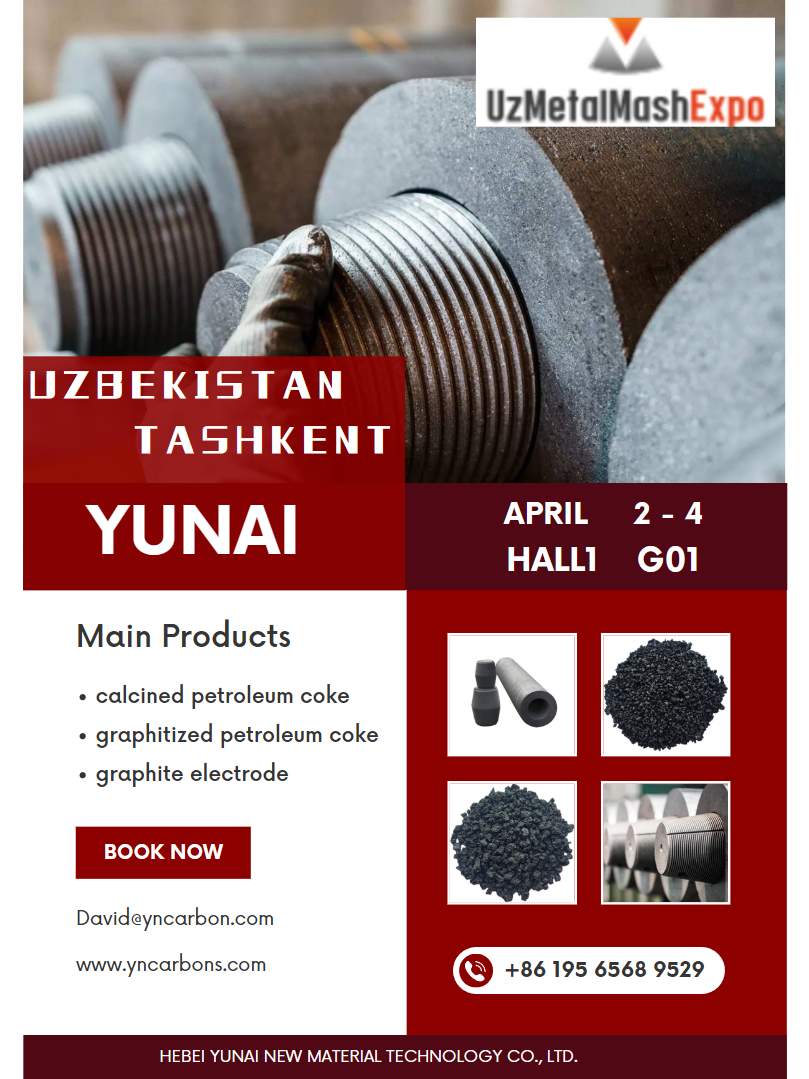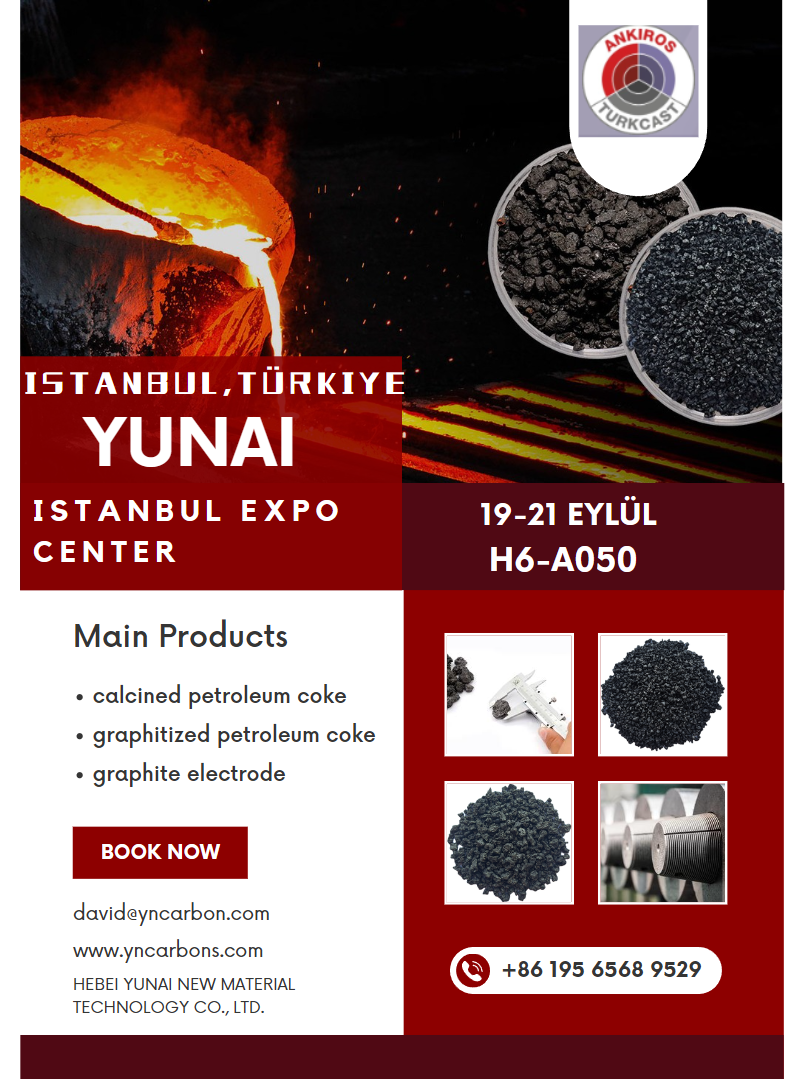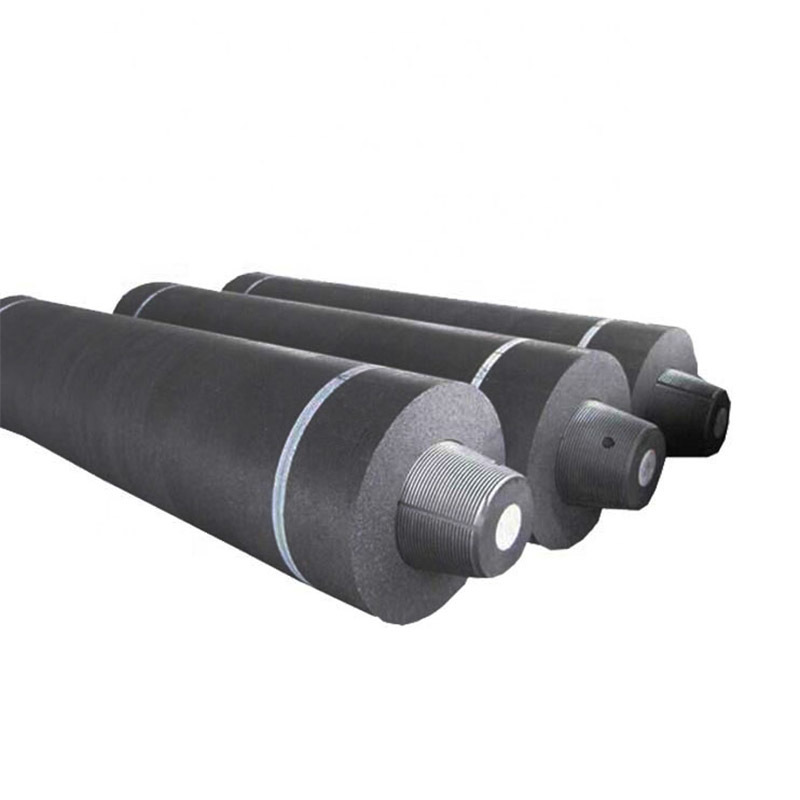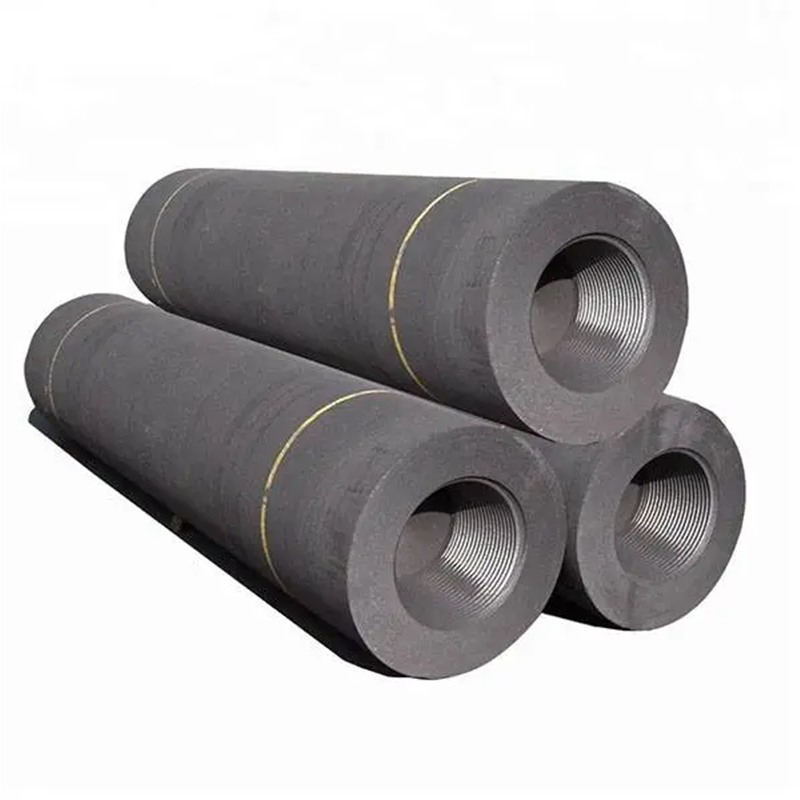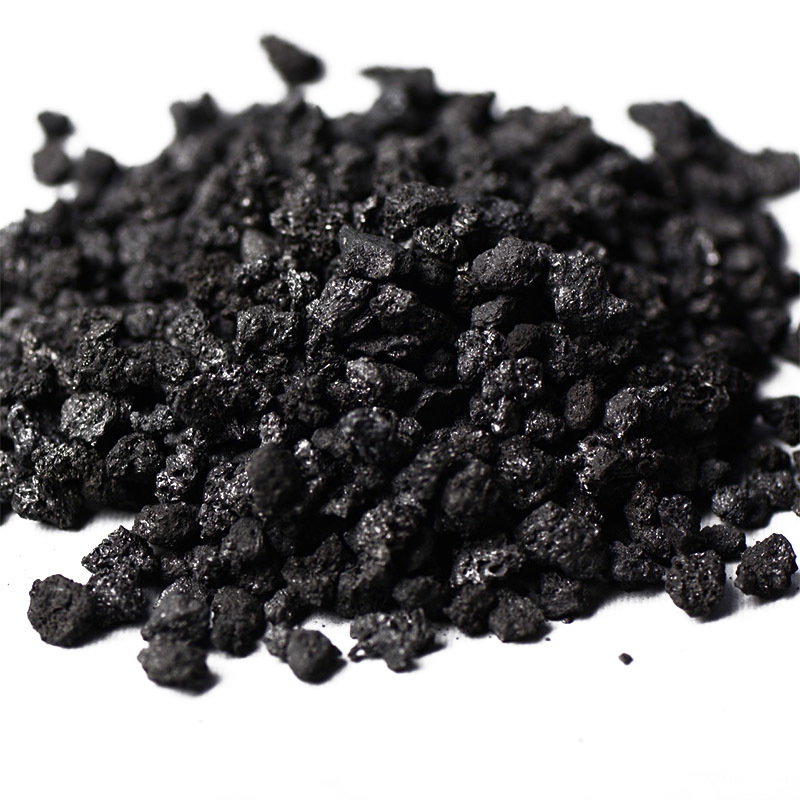Understanding Regular Power Graphite Electrodes: A Comprehensive Guide
Release Time:
Apr 17,2025
Understanding Regular Power Graphite Electrodes: A Comprehensive Guide Table of Contents What Are Graphite Electrodes? Importance of Graphite Electrodes in the Metallurgical Industry Manufacturing Process of Graphite Electrodes Types of Graphite Electrodes Regular Power Graphite Electrodes High Power Graphite Electrodes Ultra-High Power Graphite Electrodes

Understanding Regular Power Graphite Electrodes: A Comprehensive Guide
Table of Contents
- What Are Graphite Electrodes?
- Importance of Graphite Electrodes in the Metallurgical Industry
- Manufacturing Process of Graphite Electrodes
- Types of Graphite Electrodes
- Regular Power Graphite Electrodes
- High Power Graphite Electrodes
- Ultra-High Power Graphite Electrodes
- Applications of Regular Power Graphite Electrodes
- Advantages and Disadvantages
- Choosing the Right Graphite Electrode
- Future Trends in Graphite Technology
- FAQs
What Are Graphite Electrodes?
Graphite electrodes are critical components used primarily in electric arc furnaces (EAFs) for steelmaking and other metallurgical processes. These electrodes are made from high-quality petroleum or needle coke, which undergoes a series of manufacturing steps including baking, graphitization, and machining. The primary role of graphite electrodes is to conduct electricity, thus facilitating the melting of metals in furnaces.
Importance of Graphite Electrodes in the Metallurgical Industry
In the metallurgical sector, graphite electrodes are indispensable. They provide the necessary conductivity and thermal resistance that allow for efficient metal production. The ability to withstand extreme temperatures and corrosive environments makes them ideal for use in EAFs. As the demand for steel rises globally, the production efficiency imparted by graphite electrodes becomes increasingly important.
Manufacturing Process of Graphite Electrodes
The manufacturing of graphite electrodes involves several key steps:
Baking
The raw materials, primarily petroleum coke, are subjected to high temperatures in a baking oven to convert them into a carbon-rich material.
Graphitization
Following baking, the material undergoes graphitization, a process that involves heating to temperatures exceeding 3000°C in a controlled atmosphere, transforming the carbon structure into graphite.
Machining
Once graphitized, the electrodes are machined to precise dimensions. This step is crucial as it ensures the electrodes fit correctly into the EAFs and have the appropriate surface area for efficient electrical conductivity.
Types of Graphite Electrodes
Graphite electrodes can be divided into several categories, each suited to specific applications. The main types are:
Regular Power Graphite Electrodes
Regular power graphite electrodes are designed for general use in EAFs. They represent a balance between performance and cost, making them suitable for standard applications in steel production.
High Power Graphite Electrodes
These electrodes are made from higher quality raw materials and undergo more rigorous manufacturing processes. They can handle higher current loads and are ideal for demanding applications.
Ultra-High Power Graphite Electrodes
Ultra-high power electrodes are the highest grade of graphite electrodes, designed for the most demanding processes. They provide exceptional performance in terms of conductivity and thermal resistance.
Applications of Regular Power Graphite Electrodes
Regular power graphite electrodes find applications in a variety of industries, primarily in the following areas:
- Steelmaking: Used extensively in EAFs for melting scrap steel and producing new steel.
- Electrolysis: Employed in the electrolysis process for aluminum and other nonferrous metals.
- Foundries: Utilized in casting processes to provide the necessary heat for mold materials.
- Carbon Products: Serve as a source material for producing other carbon-based products.
Advantages and Disadvantages
Understanding the pros and cons of regular power graphite electrodes is essential for making informed decisions in industrial applications.
Advantages
- Cost-Effectiveness: Generally less expensive than high-power and ultra-high power alternatives.
- Versatility: Suitable for a range of applications, especially in steelmaking.
- Good Electrical Conductivity: Provides adequate conductivity for standard operations.
Disadvantages
- Lower Performance: Not suitable for high-demand applications that require more robust electrodes.
- Limited Lifespan: May wear out faster compared to higher-grade electrodes under extreme conditions.
Choosing the Right Graphite Electrode
Selecting the appropriate graphite electrode is crucial for optimizing production efficiency. Factors to consider include:
- Application Requirements: Assess the specific needs of your process and choose an electrode that matches those requirements.
- Electrical Conductivity: Ensure the electrode can handle the required electrical load.
- Temperature Tolerance: Consider the operational environment and select electrodes that can withstand the necessary temperatures.
- Cost: Balance performance needs with budgetary constraints.
Future Trends in Graphite Technology
The future of graphite electrodes is intertwined with advancements in technology and materials science. Emerging trends include:
- Improved Materials: Research into alternative raw materials may lead to more efficient and sustainable graphite production processes.
- Enhanced Performance: Innovations aimed at increasing the conductivity and temperature resistance of electrodes will continue to evolve.
- Environmental Considerations: The industry is increasingly focused on reducing carbon emissions and enhancing recycling processes for graphite products.
FAQs
1. What are the key differences between regular power and high power graphite electrodes?
Regular power electrodes are designed for general use and are more cost-effective, while high power electrodes are made from higher quality materials, enabling them to handle increased electrical loads.
2. Can regular power graphite electrodes be used in any EAF?
Yes, they can be used in many EAFs, but the specific application and operational requirements should be considered for optimal performance.
3. What is the lifespan of a regular power graphite electrode?
The lifespan can vary based on operational conditions, but they generally have a shorter lifespan compared to high-power and ultra-high-power electrodes due to their design and material composition.
4. Are there any environmental impacts associated with graphite electrode use?
Yes, the production of graphite electrodes can have environmental impacts. There is an increasing focus on sustainable practices in the industry, including recycling and reduced emissions.
5. How do I know if I need a regular power or a high power graphite electrode?
Evaluate your specific application requirements, the electrical load, and operational conditions to determine the most suitable type of electrode for your needs.
Conclusion
Regular power graphite electrodes play a pivotal role in various industrial applications, particularly in metallurgy. Their unique properties allow them to perform effectively under typical operational conditions, making them a popular choice for many manufacturers. Understanding the manufacturing process, types, applications, and future trends related to these electrodes can help industry professionals make informed decisions that enhance production efficiency. As technology advances, we are likely to witness a transformation in the production and application of graphite electrodes, aligning with sustainability goals and the increasing demand for advanced materials.
Keywords:
More information






